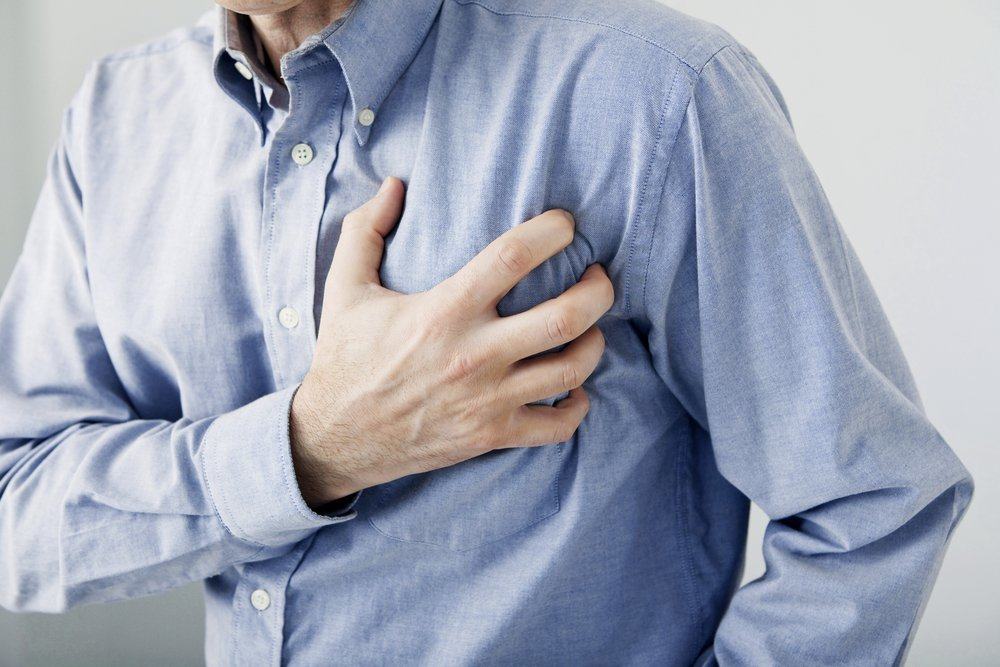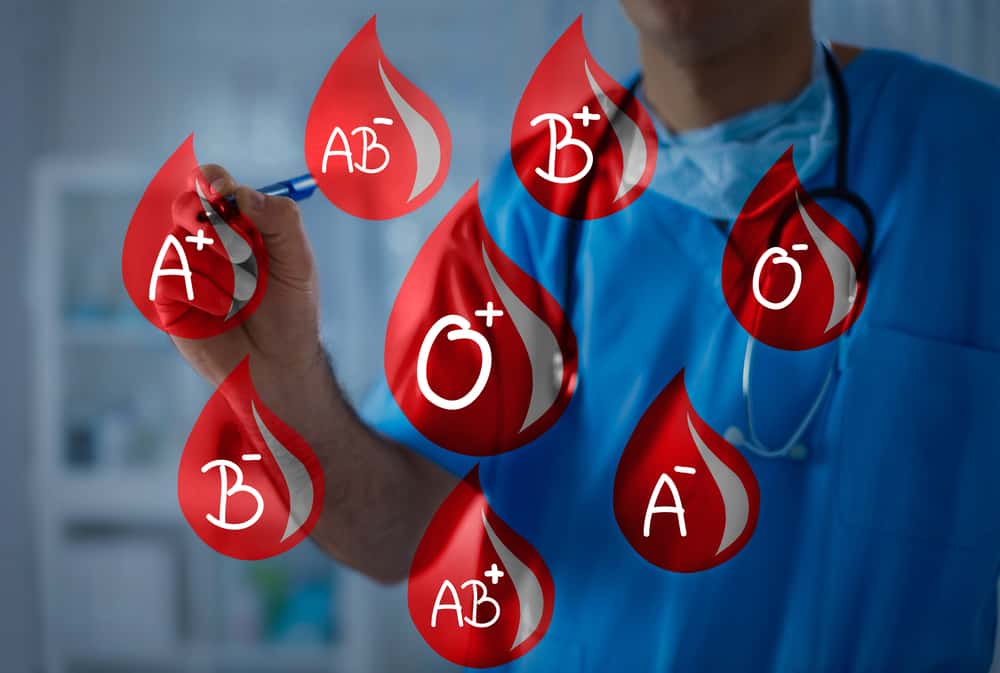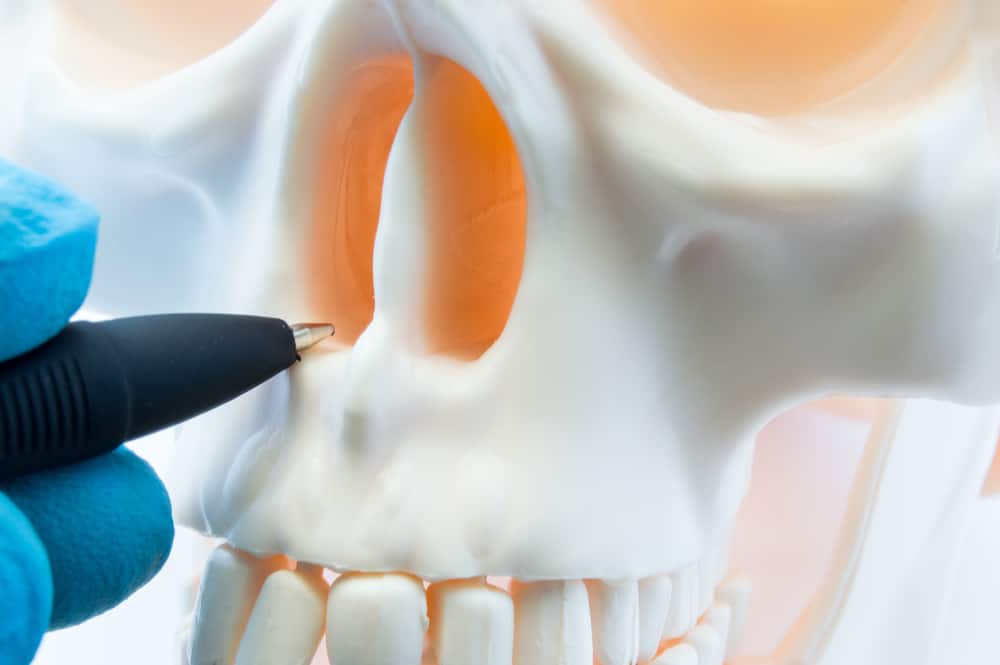Contents:
- Medical Video: Coronary heart disease, clogged arteries and atherosclerosis
- What is atherosclerosis?
- How to prevent atherosclerosis?
- What diseases are associated with atherosclerosis?
- 1. Coronary heart disease (CHD)
- 2. Carotid artery disease
- 3. Peripheral arterial disease
- 4. Chronic kidney disease
Medical Video: Coronary heart disease, clogged arteries and atherosclerosis
Many people know what atherosclerosis is, but the risks posed by this condition are numerous. Atherosclerosis can be one of the causes of various heart diseases and strokes, it can even cause death. Many people do not know that they have atherosclerosis, suddenly they have suffered from heart disease. To find out how atherosclerosis is formed, let's look at the following review.
What is atherosclerosis?
Atherosclerosis is a narrowing or hardening of the arteries because there are plaques in the arteries. This plaque is formed from cholesterol, fat, waste products from cells, calcium, and fibrin (ingredients needed for blood clotting).
Atherosclerosis is not formed just like that, but through stages that are quite long. Atherosclerosis begins with damage to the endothelium (the lining of the blood vessel wall) caused by high blood pressure, frequent smoking, or because of high cholesterol in the blood. This endothelial damage then develops into the formation of plaque.
Furthermore, when bad cholesterol passes through this damaged endothelium, cholesterol will enter the blood vessel wall. This makes the white blood cells flow to the damaged endothelium area to help digest bad cholesterol. Over time, cholesterol and these cells accumulate and form plaques on the arterial wall. To form these plaques takes a very long time for years.
Plaques are formed from cholesterol, cells, and prominent cell waste material on the walls of blood vessels. This plaque will continue to grow for a long time so that it can clog the blood flow. If it has blocked the blood flow, it can cause you to suffer from heart disease, stroke, and other health problems.
Blockages in blood vessels can also rupture suddenly, causing blood to clot in the area around a ruptured artery. If this happens in the brain, it can cause strokes and if it occurs in the heart, it can cause a heart attack. Because the process is long and takes years, so it is not surprising that atherosclerosis is suffered by many people who are old.
How to prevent atherosclerosis?
Before discussing how to prevent atherosclerosis, you should first know the risk factors that can cause atherosclerosis. From here, we can find out what steps to take to prevent atherosclerosis.
Factors that can increase the risk of atherosclerosis in a person are:
- Smoke
- High blood pressure
- High cholesterol levels in the blood
- Family history of atherosclerosis or heart disease
- Inactive lifestyle, such as sitting more and rarely exercising
- Being overweight or obese
- Diabetes
So, the things you can do to prevent atherosclerosis are:
- Quit smoking. If you smoke, you should stop the habit if you want to avoid atherosclerosis and other diseases. Smoking can damage the walls of blood vessels so that plaques, which can develop atherosclerosis, are more easily formed.
- Change your diet. In addition to quitting smoking, you should change your diet into a healthier diet. Eating too much food containing saturated fat and trans fat can increase the level of bad cholesterol in the blood. High levels of bad cholesterol in the blood can make plaque grow bigger. In addition to reducing the intake of bad fats, you should also reduce salt and sugar intake. Beware of packaged foods that have been processed, because they usually contain high fat, salt, and sugar. We recommend that you choose fresh food rather than packaged foods and multiply eating vegetables and fruit.
- Regular exercise. One more important thing you do to reduce your risk of atherosclerosis is to exercise regularly. Regular exercise can reduce your body's blood fat, reduce blood pressure, and control body weight. We recommend that you do 150 minutes of exercise per week or 30 minutes per day.
What diseases are associated with atherosclerosis?
Atherosclerosis can occur in arteries anywhere in the body, can be in the heart, brain, arms, legs, and kidneys. Therefore, diseases caused by atherosclerosis can vary depending on where the blood vessels are affected. Atherosclerosis can cause illness, such as:
1. Coronary heart disease (CHD)
Coronary heart disease occurs when plaque develops in the coronary arteries. These arteries carry oxygen-rich blood to the heart. Plaques that develop in the coronary arteries can narrow the arteries to reduce blood flow to the heart muscle. Plaques can also cause blood clots to form in the arteries and cause blood flow to become blocked. If the blood flow to the heart is reduced or blocked, then you will feel chest pain or even cause a heart attack.
2. Carotid artery disease
This disease occurs when plaque builds up in the carotid arteries located on the side of your neck. This artery carries oxygen-rich blood to your brain. So, if the blood flow is reduced or blocked due to plaque in the carotid artery, then you can experience signs of a stroke. And if there are arteries in the brain that break, it can cause strokes with the potential for permanent brain damage.
3. Peripheral arterial disease
Plaques that accumulate in peripheral arteries can cause peripheral arterial disease. Peripheral arteries are the arteries that drain oxygen-rich blood to the legs, arms and pelvis. Reduced or blocked blood flow in this area causes pain, numbness and sometimes infection.
4. Chronic kidney disease
Chronic kidney disease can be caused by plaque that builds up in the kidney arteries. If left unchecked, chronic kidney disease can interfere with kidney function. The kidneys function to filter leftover products in the blood and remove them from the body in the form of urine.
READ ALSO:
- Atherosclerosis is one of the triggers of stroke risk
- Coronary Artery Disease is More Fatal in Women
- 7 Ways to Help Prevent Heart Disease












